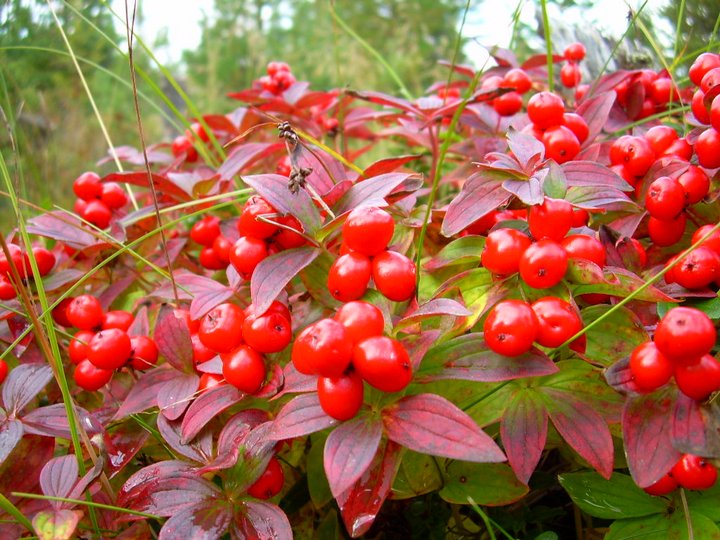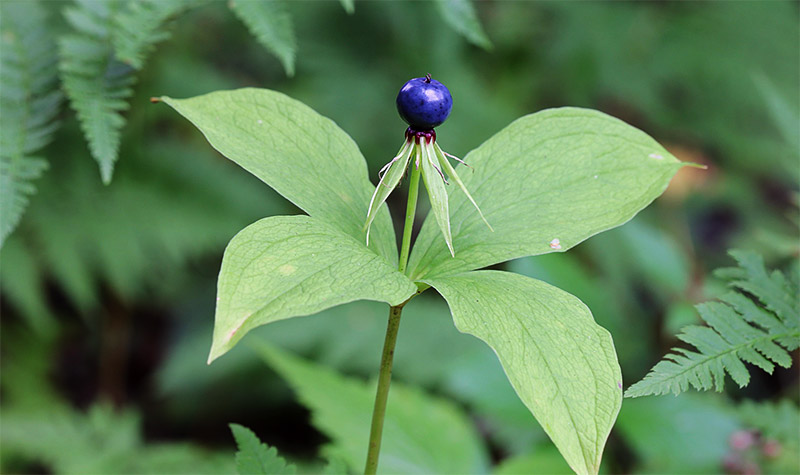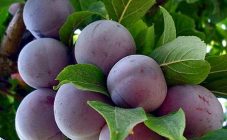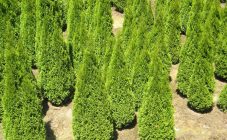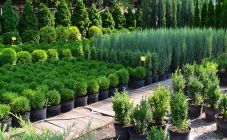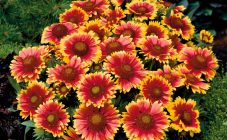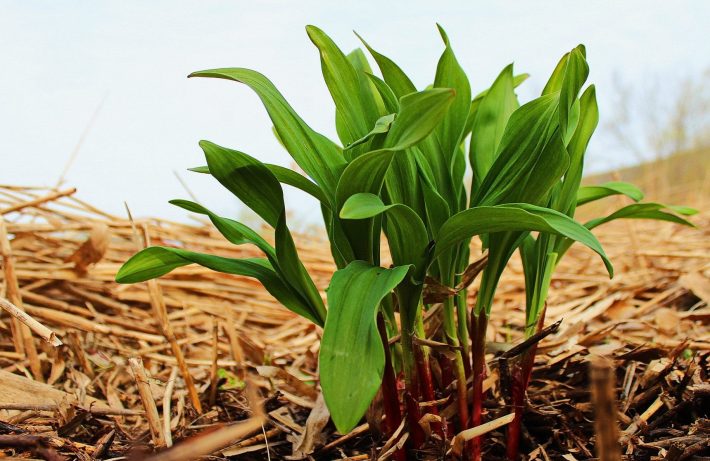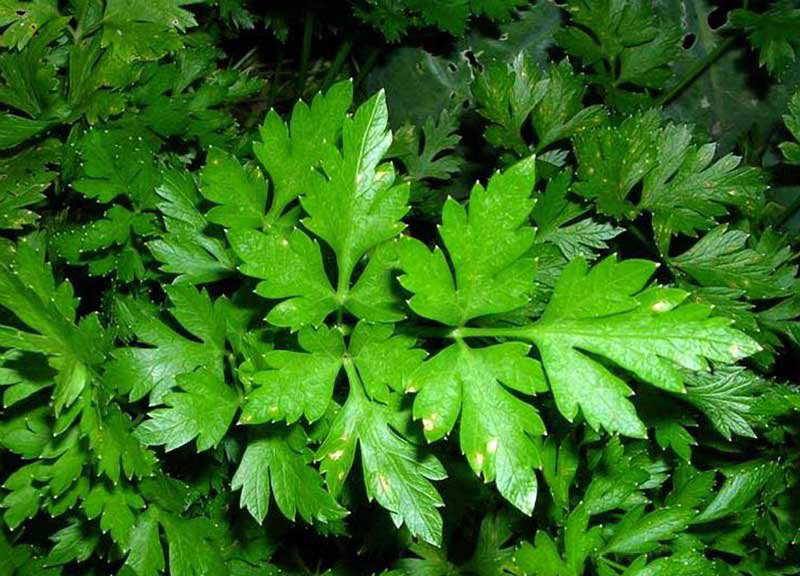Content:
Nature is both pleasing and fraught with many dangers. Poisonous plants grow in meadows, fields, forests and even at home. You need to know the enemy by sight. For example, before taking a scion from a friend, you need to ask: will it be dangerous for children and animals. Babies should be taught from childhood not to put in their mouths attractive in appearance, but unknown mushrooms, plant seeds and berries, poisoning with which can lead to serious consequences.
Why poisonous plants are dangerous to humans
More than 10 thousand names of harmful plants grow in the world, about 400 - in Russia. Most of them are in the south. These plants accumulate many harmful substances (saponins, alkaloids, organic acids, essential oils). This mainly occurs during the flowering period. If they are heat treated or dried, then part of the toxicity disappears. Although some species remain poisonous even after this, it is simply dangerous to approach and inhale the fumes. For example, wolfberry is a cute, kid-friendly plant that is fatal after a few hours with just a few oval berries.
Where do poisonous plants grow and what do they look like?
The most dangerous are the following varieties:
- Helen is a weed with dirty yellow flowers, purple veins. Its peculiarity is the presence of water lilies in the form of nest boxes filled with black seeds containing alkaloids, which cause poisoning and damage (suppression) of the central nervous system in case of swallowing 15 pcs. Hebrew grows everywhere: at dachas, along roads (in the Nizhny Novgorod, Astrakhan, Rostov, Tyumen regions).
- Belladonna (belladonna) is a perennial with purple flowers, branched stems, black shiny berries the size of a pea. It grows along rivers, in the forests of the Krasnodar Territory, the Volgograd Region.
- The raven eye is a poisonous plant with black berries resembling blueberries, with a four-leaf whorl in the center or on a herbaceous shoot in the form of a specific pattern. It grows in the forests of the Moscow Region, the Perm Territory, the Urals and the Primorsky Territory. Eating the fruits of the crow's eye can cause disruption of the heart, leaves - have a negative effect on the nervous system, and rhizomes - lead to vomiting, nausea.
- Milestone poisonous - a plant with a hollow stem, a thick rhizome, similar to parsley, and white small flowers, collected in umbrellas. It prefers to grow in swamps, along rivers, in lakeside strips. Poisoning, stomach pains, nausea are caused by cicutotoxin (yellow resin) if ingested after a few minutes.
- Castor bean is a perennial ornamental plant up to 3 m high, which can be found along fences and even in flower beds. It grows everywhere, prefers a warm climate. It has shiny leaves and a thick red trunk.The seeds contain ricin, which is similar to beans, and ricinin, which is almost 6 times more toxic than potassium cyanide. The alkaloid kills the kidneys, liver and spleen. Inhalation can cause pulmonary edema, oxygen deprivation. If you eat up to 20 beans, then the death will be instantaneous in an adult, only 5-6 pieces are enough for a child.
- Sosnovsky's hogweed is a herb from the Umbrella family. It reaches a height of 3 m. The roots go into the ground up to 2 m. Flowers resemble large umbrellas. The homeland of growth is the Caucasus, Udmurtia, Tatarstan. It can be found on trash bins, nitrogenous moist soils. The plant feeds on anaerobic bacteria, therefore it prefers to grow on manure heaps with a lack of oxygen, in places where rotted manure accumulates, which is a danger to livestock. Poisonous in hogweed are furocoumarins, which cause burns and photodermatosis on the skin. During the flowering period, the seeds accumulate triterpene saponins, alkaloids, essential oils with the ability to penetrate even through clothing, cause 2-3 degrees of burns and bring death. Contact with the outer shell of the eyes can lead to damage to the cornea, blindness.
- Toxicodendron is a climbing plant of the Sumakhov family. It grows in North and West America. It looks like a small shrub or a creeping vine. Uratsiol is toxic in the composition, causing allergies even with light touch, suffocation, loss of consciousness, anaphylactic shock.
- Poisonous strychnos from the Loganiev class is a plant with a short pedicel, paired leaves, fragrant white flowers, yellow berries as fruits form. The homeland of growth is South America. Strychnine and brucine (toxic alkaloids) are found in stems and roots. They cause respiratory paralysis, increased heart rate up to cardiac arrest, affect the central nervous system, and excite the vagus nerve. Death occurs as a result of seizures, when symptoms are similar to tetanus and a state of stimulation of both sensory and motor nodes of the spinal cord occurs.
- Spotted hemlock is a herbaceous houseplant of the Umbrella family. It grows in Central Asia, in the Caucasus, in Europe, Crimea along ravines, wastelands, in vegetable gardens (like a weed). It is a 2-year-old plant with branched tubular stems, parsley-shaped leaves, and pointed white ovoid flowers. If you rub the seeds in your hands, you can smell an unpleasant mouse smell. Poisons (alkaloid, tannin) are found in tissues. A particular danger is tannin, which causes visual disturbances, vomiting, diarrhea, dizziness, paralysis with loss of sensitivity in the soles of the feet in case of damage to the nervous system.
Poisonous properties of culture: how plants are dangerous for animals and humans
Completely poisonous weeds and domestic plants have not been identified in nature, although some contain harmful substances (glycosides, saponins, alkaloids, organic acids, essential oils). Their concentration largely depends on the phase of development, growing conditions. Danger to humans is the inhalation of volatile substances or contact with the skin, for example, the juice of toxic plants.
Poisoning in children often occurs when eating beautiful fruits that cause delayed negative effects (for example, the coniferous yew tree), which can gradually accumulate in the body.
In animals (cats, dogs), it can cause damage to organs (digestion, respiration, central nervous system): lupine, wild rose, foxglove, hemlock, henbane, milestone, jaundice, field mustard, poison ivy (a plant that grows as a weed, not a decorative home ).Some varieties (dope, belladonna) are harmless to animals.
Also, the following plants, which many grow in flower beds, pose a danger to people:
- Lily of the valley leads to a serious condition, and even water, if you put a bush at home in a vase on the windowsill.
- Poisonous milestone (cicuta) provokes pain in the stomach, burning, nausea if poisonous tar gets into the mouth. A cow will die if she only eats 150-200 g of the plant.
- Castor oil plant contains alkaloids. Seeds cause death of kidney, spleen and liver cells. Inhalation of dust (in the case of oil cake processing) in humans can provoke pulmonary edema, coughing up blood, impaired coordination of movements, intoxication, and poisoning in chickens and pigs. If you do not provide medical assistance in a timely manner, castor oil plants can lead to hemorrhage in the lungs, loss of consciousness, convulsions, and collapse.
- The yellow acacia, from the pods of which children like to make whistles, can cause poisoning.
Is plant poison used for good
The poison of many plants is not only harmful, but also useful. Poisonous flowers, berries, herbs are part of a large number of modern medicines. In small doses, alkaloids (strychnine, atropine, morphine) have valuable medicinal properties, therefore, they are widely used in medicine, industry, cosmetology:
- Hemlock spotted in moderate doses has a wound healing, hypotensive, spasmolytic immunostimulating effect on the body. Compositions are prepared from it for the treatment of skin neoplasms, prostate adenoma, polyposis, mastopathy. The plant helps with migraines, insomnia, impotence, amenorrhea, hemorrhoids, thrombophlebitis, varicose veins, anemia, gout, tuberculosis, syphilis, polyarthritis, arthrosis.
- Sosnovsky's cow parsnip has anticonvulsant, sedative, antiseptic, analgesic, antispasmodic properties. The composition contains protein, which in small doses is used as silage for feeding animals and increasing productivity.
- Common oleander is also used for good. Flowers and leaves of an evergreen shrub have medicinal properties in small doses, since they contain cardiac glycosides. Overdoing it can lead to cardiac arrest, turning into a real lethal weapon.
Rating of the most poisonous plants
TOP of the most dangerous plants, when meeting with which you need to understand exactly: what measures to take, for what symptoms, urgently call an ambulance. The list includes:
- The Manchineel tree, from the Euphorbia family, is the most poisonous tree on the planet. Grows in the Caribbean, Central America. Even touching it can cause allergies, as the fruits and other parts of the tree contain milky sap. When in contact with the skin, it causes burns, non-healing wounds. If it penetrates into the blood, it will be fatal.
- Ash grows on calcareous soils, rocky places in Asia and Europe. The danger is the plant oil, which causes burns on contact with the skin.
- The raven eye grows in the forests of Siberia, Central Europe. Considered completely poisonous. Leads to seizures, vomiting, nausea, respiratory paralysis.
- Datura from the Solanaceae family is found in temperate, steppe latitudes. Causes hallucinations, convulsions, loss of consciousness, paralysis of the respiratory tract when ingested.
- Cicuta looks like an angelica (quite edible plant). It grows in the northern regions of Asia, in the east of Europe. It has a pleasant carrot aroma, but it is enough just to taste it, as abdominal pain, vomiting and nausea instantly appear, foam leaves the mouth. Convulsions, seizures may begin.
- Oleander grows in the subtropics. Contains cardiac glycoside. If you drink the juice, it can lead to paralysis of the central nervous system, vomiting up to cardiac arrest.
- Curare grows in South America.Blocks the respiratory muscles, leads to suffocation, death even from a small scratch in animals and humans. Although in small doses, the poison is used in medicine.
- Castor oil plant grows in China, Iran, Argentina. Loves subtropics and tropics. Poisonous seeds cause bleeding, vomiting if ingested.
- Aconite from the Buttercup family. Occurs in the south of Sakhalin along meadows and valleys. The most poisonous is the rhizome containing the alkaloid acotine. It causes poisoning in animals (cattle, goats, sheep) and unpleasant symptoms: dilated pupils, shortness of breath, weakness of the pulse, paralysis.
First aid for poisoning by poisonous plants
If a child has eaten a poisonous plant, then it is important to immediately call an ambulance. Before arrival, you need to try to quickly remove the poison from the body:
- induce vomiting;
- cleanse the intestines;
- put the child to bed;
- apply a warm heating pad to the limbs.
Of course, it is better not to take serious actions before the arrival of the doctor, but to try to understand what plant the child could have been poisoned with. Perhaps the berries or leaves of the herb were in his pocket.
When poisoning with castor oil is:
- induce artificial vomiting;
- drink more liquid, rice water, jelly for rinsing the stomach;
- take activated carbon, sorbent;
- put a heating pad on your stomach;
- call an ambulance.
Belladonna requires gastric lavage with the introduction of a solution of tannin and vaseline oil through a tube, chlorpromazine intramuscularly to suppress psychosis. In addition, the stomach should be flushed with potassium permanganate solution. If a person suffocates, mouth-to-mouth resuscitation should be done.
Children also need to be taught to first get acquainted with the area and not eat unfamiliar plants and berries. For example, the dieffenbachia plant is poisonous, which is sold in many garden stores, but it contains ricin (deadly poison). Therefore, it is worth thinking 100 times before planting new plants at home: you should at least read about them on the Internet. The main thing is to always remember that the ingress of poison into the body can lead to fatal consequences.
